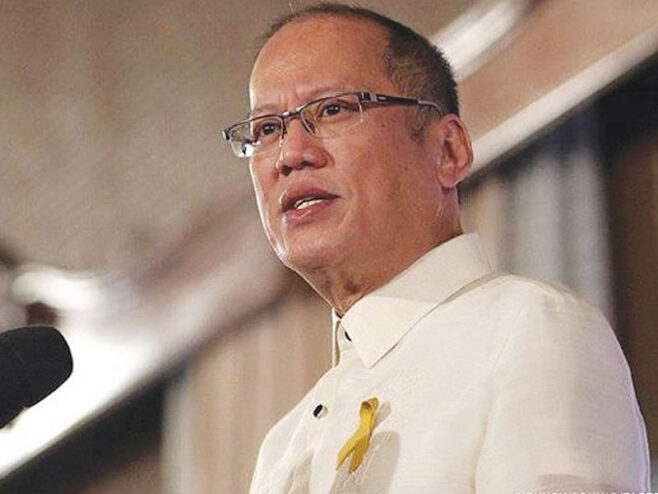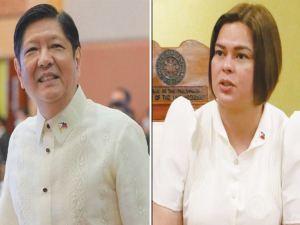Former Philippine President Benigno “Noynoy” Aquino III died on June 24. He was 61 years old.
Multiple media reports described Aquino, also known as P-Noy, as the president who oversaw the fastest period of growth of the Philippines since the 1970s.
Aquino was also president when the Philippines challenged China’s territorial claims in the South China Sea before a United Nations-backed tribunal.
Aquino served as the nation’s president from 2010 to 2016.
He was rushed on June 24 to a hospital in Quezon City where he died after heart failure, the Manila Bulletin reported.
In December 2019, the former president was confined at Makati Medical Center. However, details about his condition were not disclosed.
Aquino is the only son of two icons in Philippine politics.
His father was former senator and opposition leader Benigno Aquino Jr., who was jailed under the regime of Ferdinand Marcos Sr.
Aquino Jr. or Ninoy was assassinated in 1983 upon his return to the Philippines from U.S. exile.
Three years later, Aquino III’s mother Corazon ‘Cory’ Aquino ran against Marcos in a snap election that led to the dictator’s ouster.
Cory Aquino became the first female president of the Philippines following the 1986 Edsa Revolution. She died in 2009
Her death prompted calls for Aquino, then a senator, to run for the top post the following year.
“I didn’t have any ambition to be president,” he said in a 2013 interview with Bloomberg News. “It was fate. The people found me.”
Aquino was born on February 8, 1960. His four other siblings are female.
He finished a degree in economics from the Ateneo de Manila University.
Aquino eventually entered politics, and served as a congressman and senator.
Aquino’s predecessor Gloria Arroyo was jailed on corruption charges during his term.
Aquino was the 15th president of the Philippines.
Aquino was rushed to the Capitol Medical Center in Quezon City on June 24 and later died.
Aquino ran as the presidential candidate of the Liberal Party in 2010.
Then-former Senator Mar Roxas, LP’s president, was supposed to run for president but gave way to Aquino.
Aquino ran on a “Daang Matuwid” (straight and righteous path) platform, vowing to eradicate corruption, elevate the people living at the margins of society, and instill transparency in governance.
In his inaugural address, Aquino announced his “no wang-wang” policy, which discouraged the use of sirens by vehicles while on the road.
As president, Aquino launched ambitious infrastructure projects under Private-Public Partnerships. Under his term, the tourism department launched the “It’s More Fun in the Philippines” campaign which gave a boost to the country’s economy.
It was during his term that the Philippines bagged its first investment grade rating, thanks to his fiscal management that tightened spending rules to curb corruption, reduced government debt and narrowed the budget deficit.
But it was the same fiscal tightening that was blamed for chronic undespending during his time, which his critics said resulted in lost economic opportunities. Still, gross domestic product expanded at an average of 6.2 percent during Aquino’s entire term, with growth even topping seven percent for two quarters.
Under his stint, the Philippines brought China to the international court over dispute in the West Philippines .The arbitral tribunal handed down its historic ruling in July 2016, a month after Aquino’s term ended.
His six-year term was also marred with crises.
One was in 2015 when 44 police commandos were killed in a botched operation in Mindanao to capture a wanted Malaysian militant suspected of being behind the 2002 Bali, Indonesia bombings.
In November 2013, Typhoon Haiyan, one of the most powerful typhoons ever recorded, devastated central Philippines, killing more than 6,000 people and destroying towns and villages.
Also, his “Mr Clean” image was tainted by scandals over misuse of public funds by lawmakers.
Prior to leading the country, Aquino had served as a senator from 2007 to 2010, and a congressman representative of Tarlac from 1998 to 2007.
Aquino stepped down from office in 2016. He was succeeded by current President Rodrigo Duterte.








